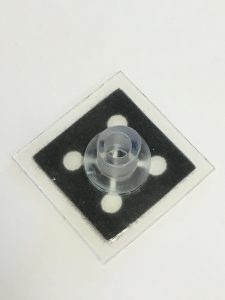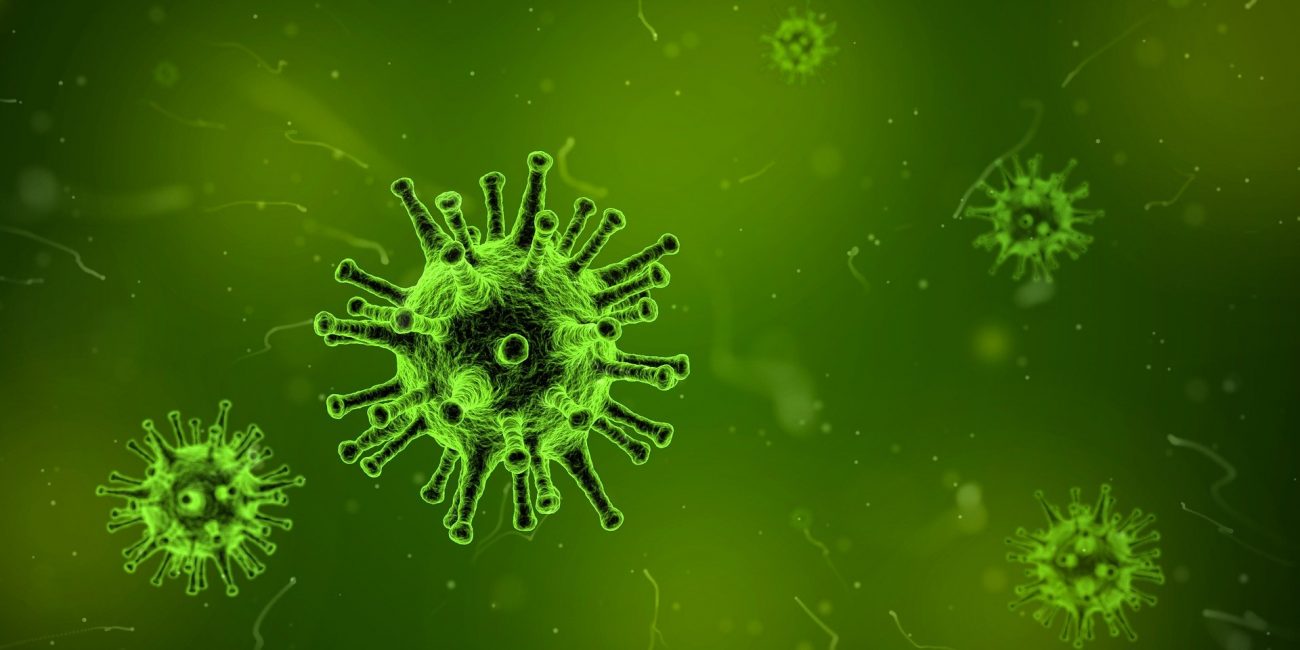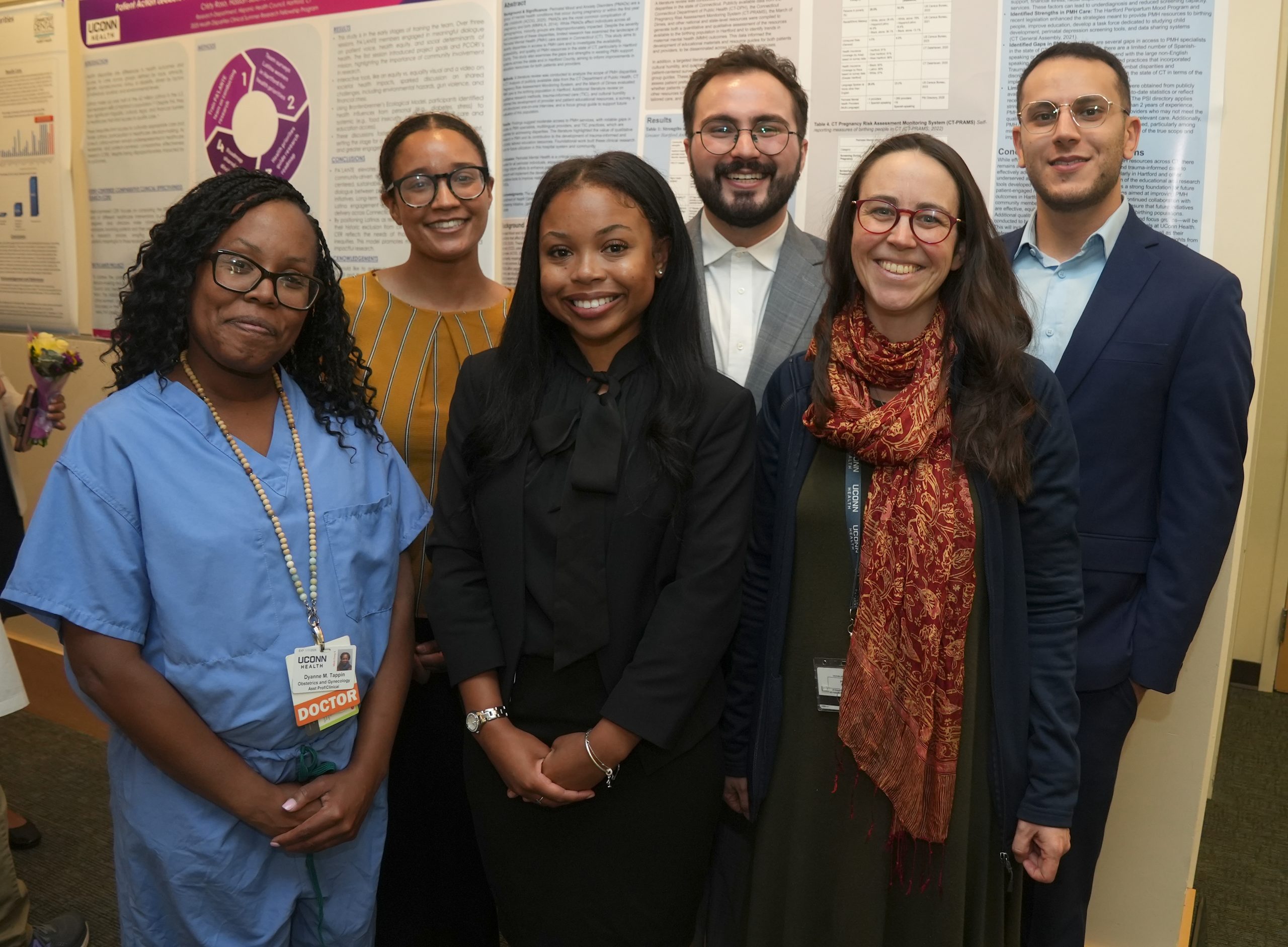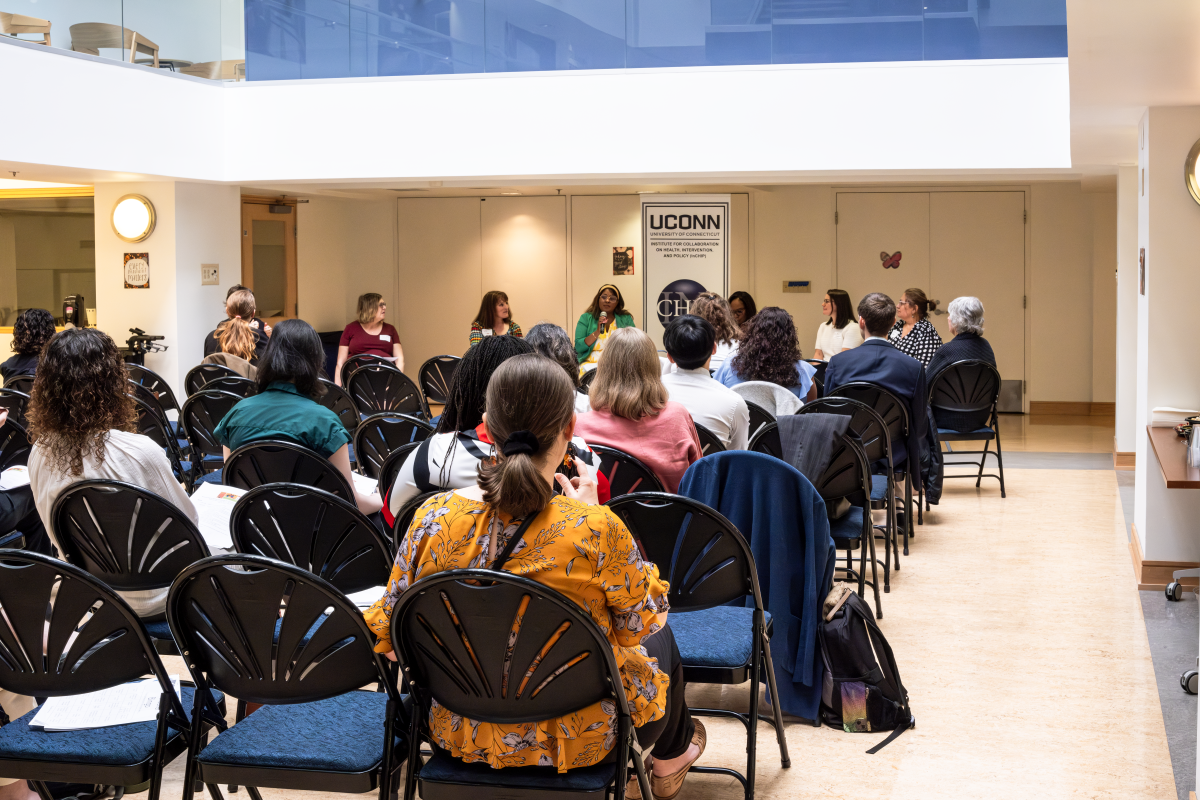Changchun Liu, associate professor in the Department of Biomedical Engineering, has invented an easy-to-use, affordable lab-on-paper diagnostic technology for SARS-CoV-2, the virus that causes COVID-19 infection.
Liu recently published his findings on the effectiveness of his technology in “Lab on Chip,” a Royal Society of Chemistry journal. Liu has also filed a provisional patent for the invention with UConn Technology Commercialization Services
Liu’s lab has a long history of developing diagnostic technologies, so when the COVID-19 pandemic hit, they were well-positioned to apply their expertise to the crisis.

The device uses a specialized kind of paper material to detect for two SARS-CoV-2 genes — the spike (S) and nucleoprotein (N) genes. The clinical samples validated these genes as good candidates for diagnostic tests because they are highly conserved. This means they are so essential to the virus they are likely found in all variants. By testing two genes rather than one, the test is more accurate.
This point-of-care test can be performed by any health care professional, making it ideal for settings like community health centers. The simple, low-cost device provides a reliable result within an hour.
Patients provide a sample from a nasal swap. Then the practitioner uses a commercially available kit to purify the nucleic acid in the sample. This removes any impurities that could interfere with the accuracy of the test. After about 15 minutes, the sample can be transferred to Liu’s device.
The device uses CRISPR technology to detect the SARS-CoV-2 genes. CRISPR is a gene-editing technology that can alter an organism’s genome by targeting and cutting specific DNA or RNA segments.
“We took advantage of the high sensitivity and specificity of CRISPR technology,” Liu says.
As a diagnostic tool, CRISPR locates the genes of interest, in this case the S and N genes, and cut them. This cut produces an observable signal, which on Liu’s device is fluorescence filling in on the paper to indicate a positive result.
In addition to the two SARS-CoV-2 genes, the device also tests for a “housekeeping” gene known as the RNase P (RP) gene. The presence of this gene lets the practitioner know they got a high-quality sample that will generate a reliable result.
Liu’s device is on a cellulose-based paper membrane. The “paper” membrane is hydrophilic, meaning it can transport the liquid solution that contains the nucleic acid. This is a great advantage to practitioners as the test runs automatically after they load the sample.
The paper is also formulated so that it does not interfere with the biochemical reactions that need to happen to select for the genes of interest. If there is interference, the test could produce a false signal.
This technology can be applied for diagnosing other pathogens such as HIV, influenza viruses or high-risk HPV by modifying which genes it selects for.
“We want to continue to explore this technology and expand it for the detection of other pathogens,” Liu says.
Liu is interested in commercializing this technology and scaling it up with the help of an industry partner. Anyone interested in learning more about this technology can contact Amit Kumar at techcomm@uconn.edu.
Liu holds a Ph.D. in physical electronics from the Institute of Electronics, Chinese Academy of Sciences. His lab studies CRISPR technology and its biomedical applications, synthetic biology, microfluids technology, medical diagnostics, and biosensors and bioinstrumentation.



